By Sean Fagan
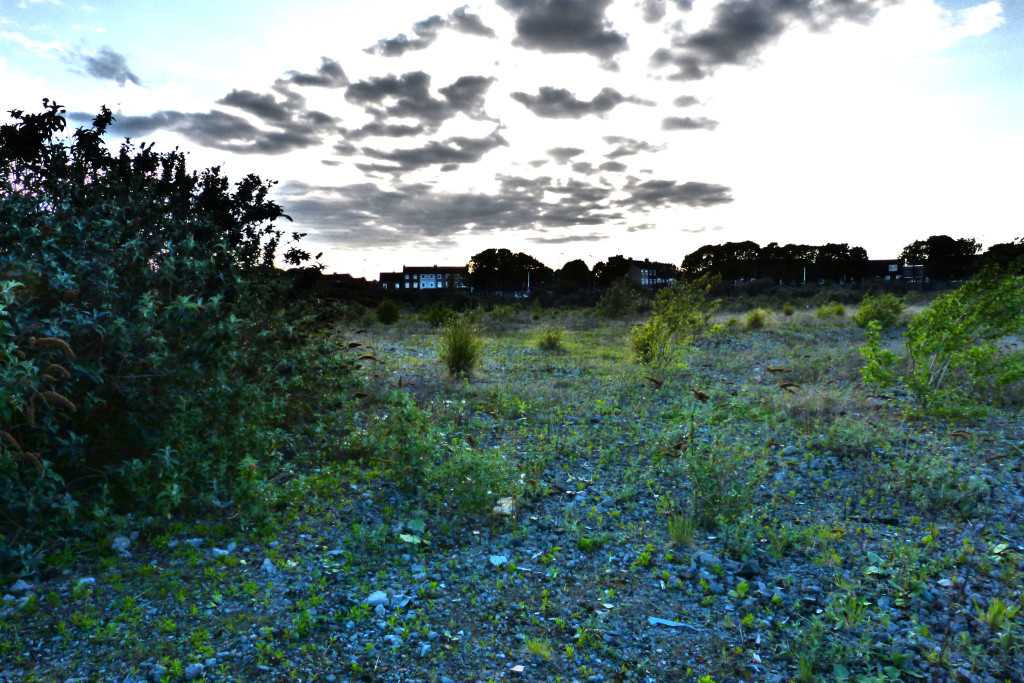
Wasteland site. Note abundance of gravel and stone on ground - a challenging wild plant habitat but as is apparent in above photo - there are plenty of plants that have successfully colonised this seemingly barren land (Photo: Sean Fagan).
.
The aim of this post is to provide a brief photographic sample on wild plants in urban areas.
I'm often surprised with the diverse expression of wild plants in urban areas - and there is a good chance you'll also be taken aback at what can be found in the concrete jungles of the world.
.
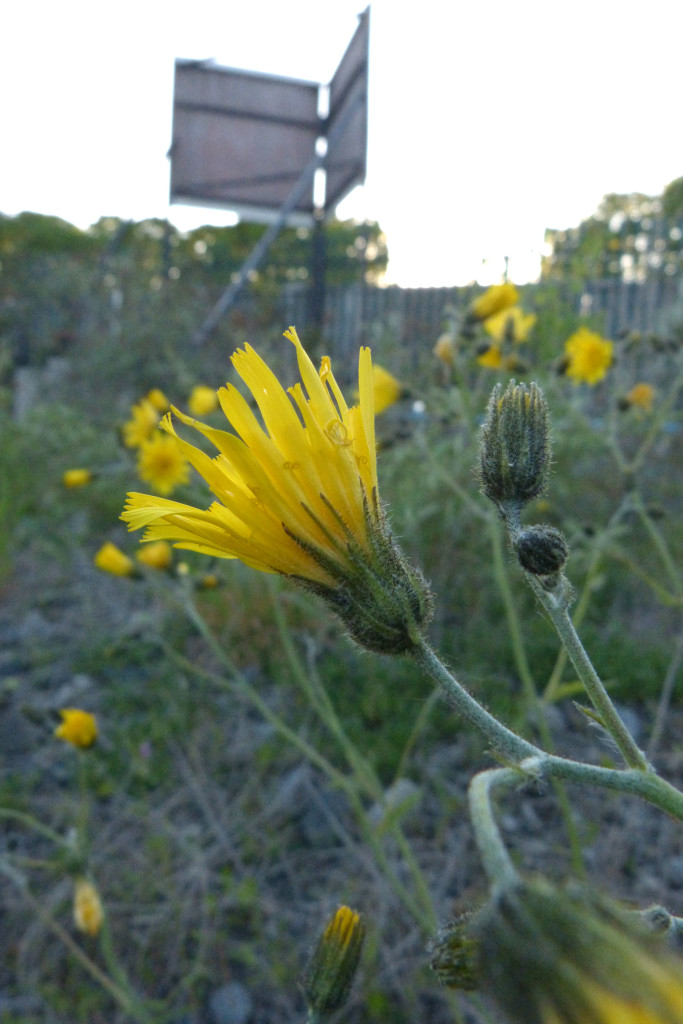
The rich, yellow petals of native plant, PERENNIAL SOW THISTLE (Sonchus arvensis). Traditionally, this plant had a wide range of culinary and medicinal uses. One of its more unusual uses was as a beauty aid. According to Roman philosopher, Pliny, the juice of sow thistle is 'wonderfully efficacious for women to wash their faces with to clear the skin and add lustre" (Photo: Sean Fagan).
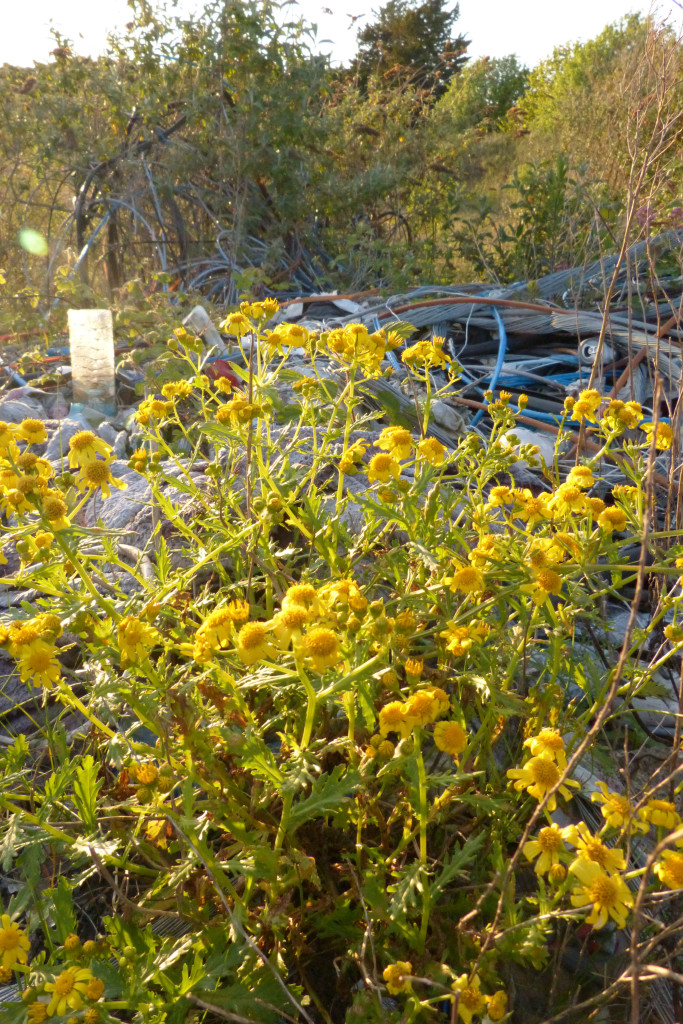
A tenacious urban coloniser, GROUNDSEL (Senecio vulgaris). If you wet your hands with warm water - then vigorously rub some groundsel foliage between your hands, you'll get a mild, soothing soap that cleanses and moisturizes (Photo: Sean Fagan).
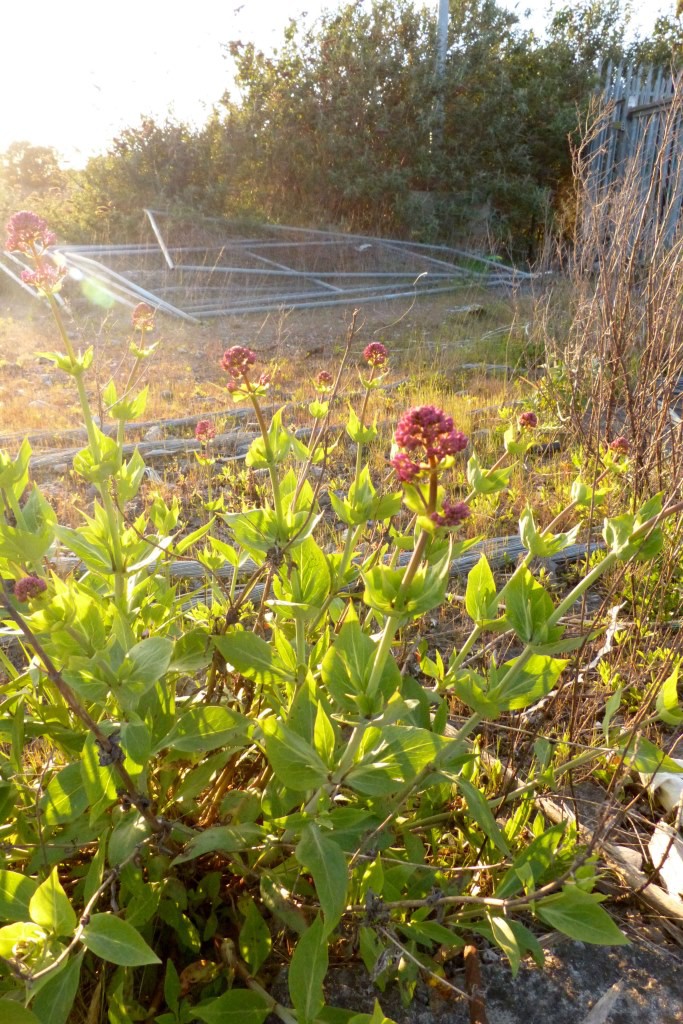
RED VALERIAN (Centranthus ruber). Sadly not the Valerian sold in health food stores as a natural remedy for sleeplessness etc. Still, this pretty plant hails from the Mediterranean and often persists in the more northerly European countries where the bright, well-drained micro-habitats of old stone walls and wastelands somewhat mimic the arid conditions of its native lands. According to herbalist, Mrs. Grieve - red Valerian is 'exceedingly good in salad, or cooked as a vegetable, and in France there is a sale for the roots for soups' (Photo: Sean Fagan).
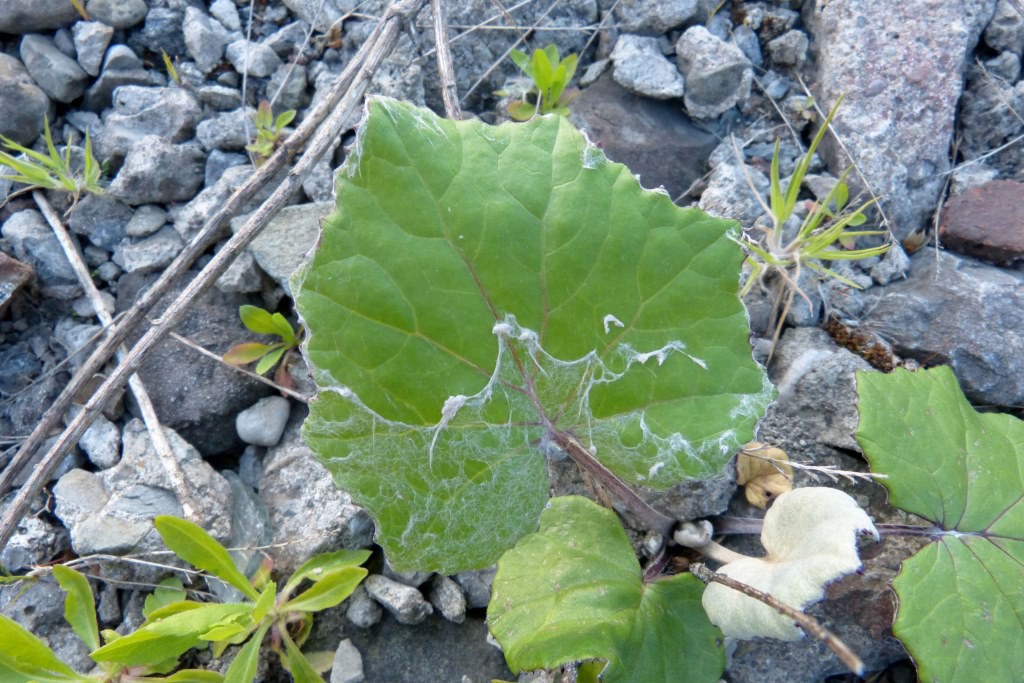
COLTSFOOT (Tussilago farfara) - a traditional remedy for chest complaints. The leaf was often dried, crumbled into a powder, and then (ironically) smoked to provide relief from chest complaints (Photo: Sean Fagan).
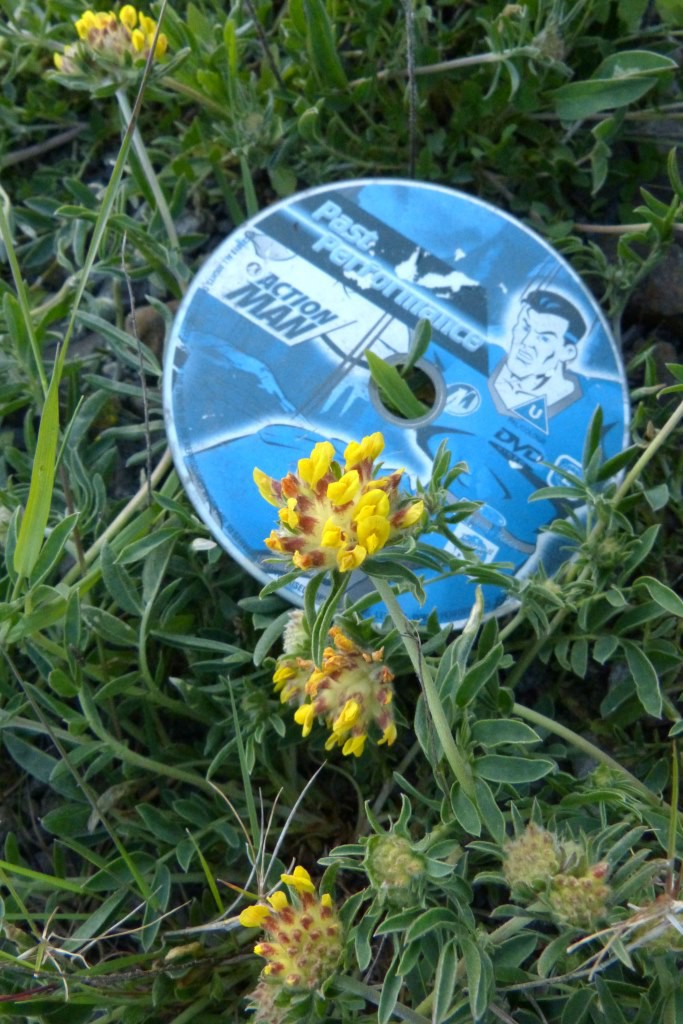
ACTION MAN DVD & KIDNEY VETCH (Anthyllis vulneraria) - a wild member of the pea plant family (Photo: Sean Fagan).
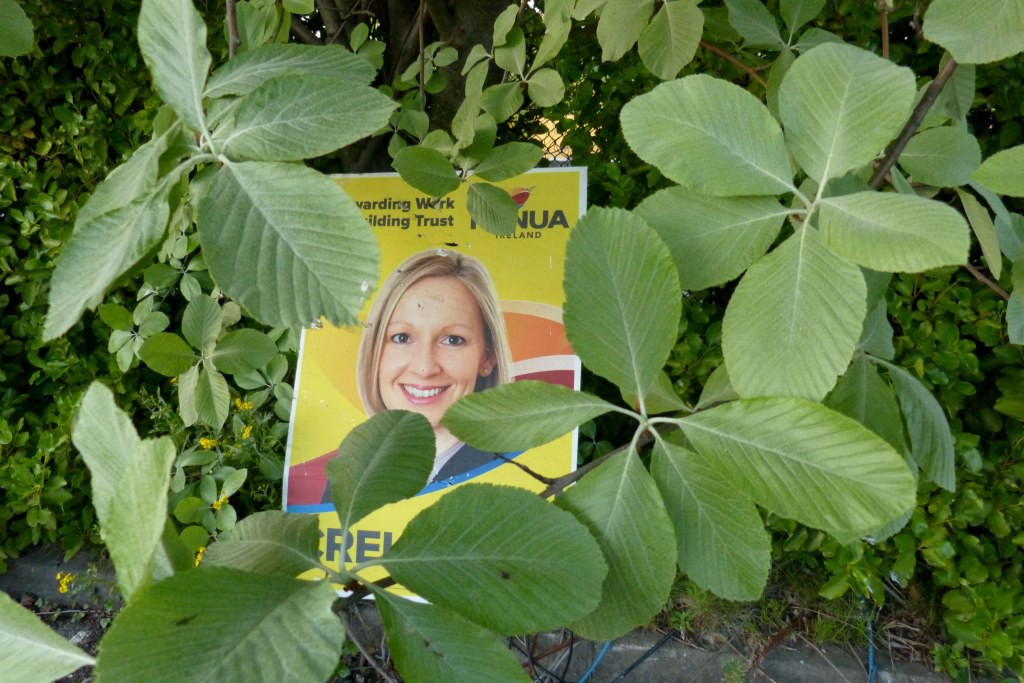
The large, paddle-shaped leaves of a WHITEBEAM tree (Sorbus spp.) with abandoned election poster in background. Whitebeam trees are uncommon in Ireland and this particular whitebeam is most likely a planted, non-native - but will still have all the salient features of the whitebeams (so is excellent for learning key Identification features of all whitebeams), (Photo: Sean Fagan).
That's it, I hope you've enjoyed this small sample of wild urban plants from a wasteland site.
It bears repeating - urban wild plants are diverse, resilient and beautiful.
As a resource for sharpening plant identification skills they are fantastic.
I've used them quite a bit over the years - often when I've lived in, or was visiting, an urban area.
I still get a great kick out of occasionally visiting wastelands and other plant-rich urban sites.
They have a lot to offer.
.
(Don't forget - below is links to all plants featured in this article).
.
If you liked the above article you might also enjoy How Urban Botany will Improve your Bushcraft.
. Links to Plant species featured in article:.
Related articles on this website:
Recent Comments